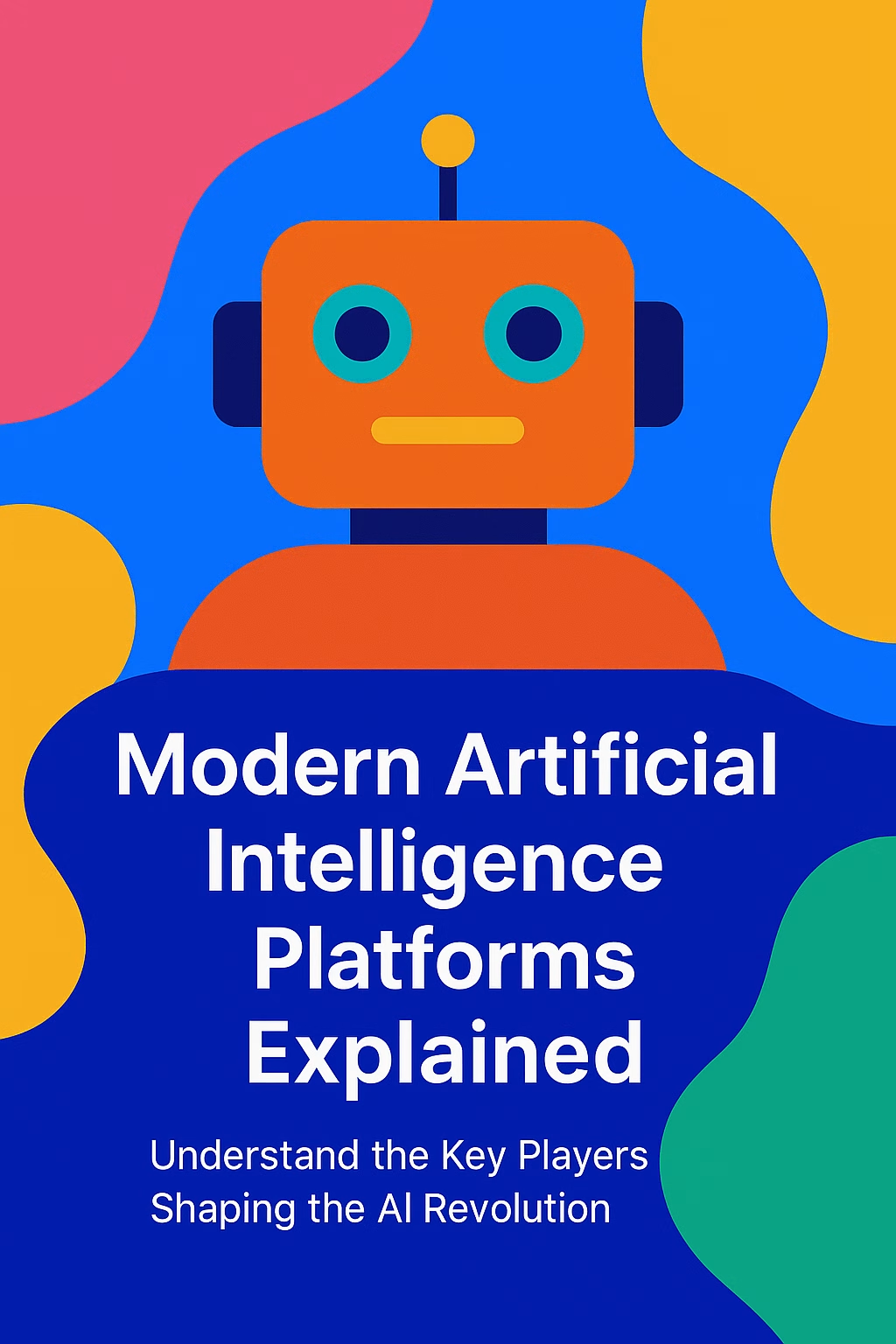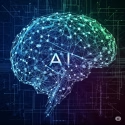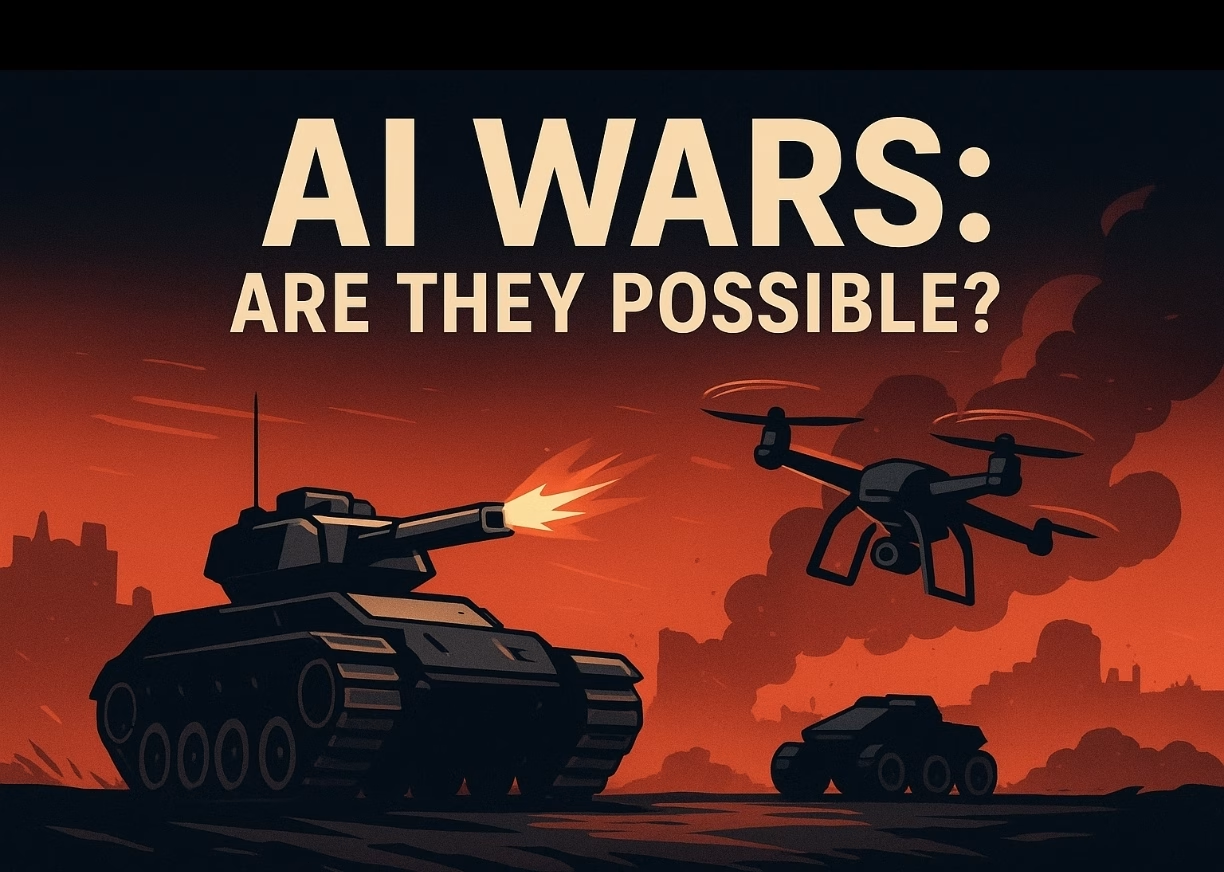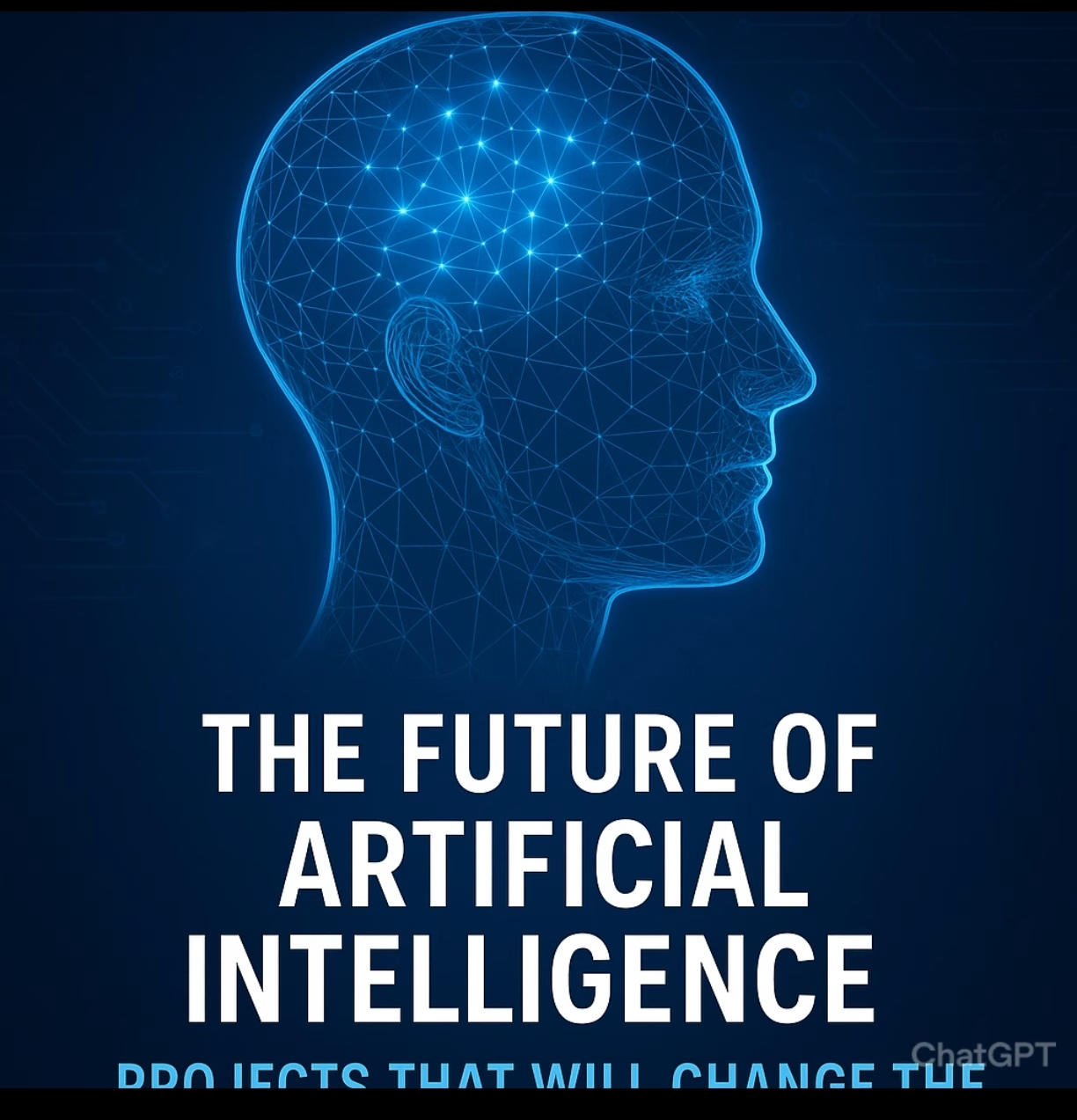Understand the Key Players Shaping the AI Revolution
In recent years, Artificial Intelligence (AI) has transitioned from academic theory to real-world applications. From chatbots and image generation to data analysis and autonomous systems, AI is changing industries and everyday life. Central to this revolution are AI platforms—powerful tools that provide the infrastructure, models, and interfaces to create intelligent systems.
Let’s explore today’s most influential AI platforms and what makes each unique.
🌐 1. OpenAI
- Flagship Models: GPT-4o, GPT-4-turbo, DALL·E, Whisper
- Core Products: ChatGPT, API access (for developers), Codex
- Highlights:
- Natural conversation with ChatGPT
- Image creation via DALL·E
- Code generation with Codex
- Use Cases: Education, writing, coding, creative design, business analytics
OpenAI is one of the most advanced and popular AI companies, offering user-friendly tools powered by state-of-the-art models. Their models understand context, generate human-like text, and create images or audio outputs.
☁️ 2. Google Cloud AI / Vertex AI
- Models: PaLM 2, Gemini 1.5
- Tools: AutoML, TensorFlow, Vertex AI Workbench
- Highlights:
- Fully managed ML lifecycle
- Pre-trained or custom-trained models
- Deep integration with Google services (BigQuery, Google Docs, etc.)
- Use Cases: Enterprise solutions, NLP, computer vision, translation, big data processing
Google’s AI offerings are developer-friendly and highly scalable, designed for enterprise-level projects, but also accessible to researchers and startups.
💼 3. Microsoft Azure AI
- Models: GPT-4 (via OpenAI integration), custom Azure models
- Tools: Azure OpenAI Studio, Cognitive Services, ML Studio
- Highlights:
- Seamless integration with Microsoft 365
- Strong support for multilingual AI and computer vision
- Use Cases: Corporate automation, document summarization, facial recognition, customer service bots
Microsoft has partnered with OpenAI, making their models available through Azure with enhanced enterprise-grade security, governance, and scalability.
🧠 4. IBM Watson
- Core Features: Watson Assistant, Watson Discovery, NLP services
- Highlights:
- Enterprise AI with strong focus on explainability and trust
- Domain-specific models
- Hybrid cloud and on-premise AI options
- Use Cases: Banking, healthcare, legal analysis, customer support
IBM Watson was one of the first enterprise-level AI platforms. It’s known for offering highly secure, interpretable, and enterprise-compliant AI solutions.
🧮 5. Amazon Web Services (AWS) AI & ML
- Tools: SageMaker, Lex (for chatbots), Rekognition (image/video), Comprehend (text)
- Highlights:
- Full ML workflow from labeling to deployment
- Robust scalability and compute power
- Use Cases: E-commerce personalization, fraud detection, voice assistants, automated support
AWS provides a suite of AI services for developers and data scientists, supporting everything from deep learning to voice and vision-based AI.
🔓 6. Hugging Face
- Models: Transformers library (BERT, RoBERTa, T5, etc.)
- Platform: Model hub, inference API, community-contributed models
- Highlights:
- Open-source and community-driven
- Huge library of pre-trained models
- Supports PyTorch, TensorFlow, and JAX
- Use Cases: NLP, translation, classification, fine-tuning models
Hugging Face is ideal for developers and researchers who want flexible, open-source access to cutting-edge NLP and transformer models.
🔍 7. Anthropic
- Model: Claude 3 (Claude 3 Opus, Claude 3 Sonnet, Claude 3 Haiku)
- Highlights:
- AI safety and alignment at the core
- Long-context understanding
- Use Cases: Document processing, assistant bots, legal/technical research
Anthropic focuses on building AI models that are safe, steerable, and transparent—designed for trusted collaboration in high-stakes environments.
📷 8. Stability AI
- Models: Stable Diffusion (image generation), StableLM (language)
- Highlights:
- Open-source image generation
- Community-supported improvements
- Use Cases: Digital art, game development, design tools, AI creativity
Stability AI empowers creators with powerful open tools like Stable Diffusion for AI-generated art, and they support model customization.
Conclusion
AI platforms today are diverse, powerful, and rapidly evolving. Whether you’re a student building a chatbot, a developer creating an app, or a business automating workflows—there is an AI platform tailored for your needs.
🔍 Tip: Choose your platform based on your goals:
- For general use and creativity → OpenAI
- For enterprise + cloud → Google, Microsoft, AWS
- For research + open-source → Hugging Face, Stability AI
- For trust and ethics → IBM Watson, Anthropic








